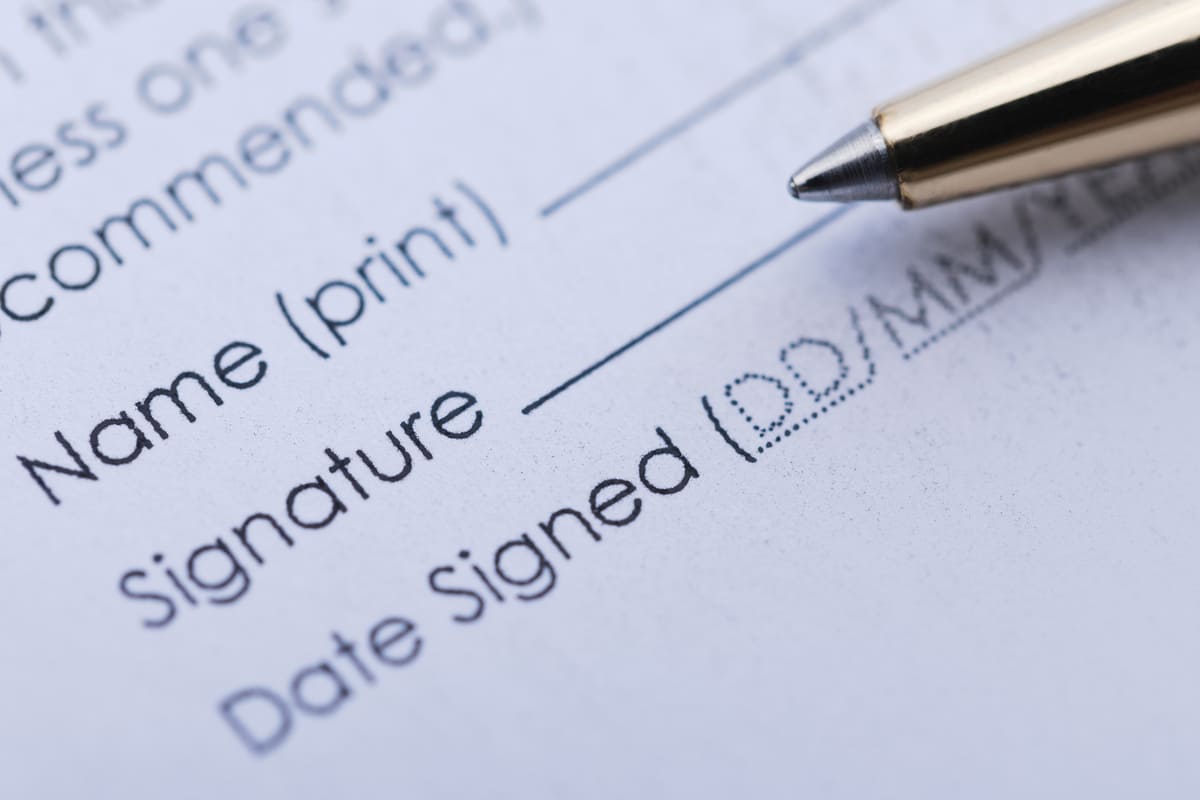In the realm of finance and employment, the term “Payroll Deduction Authorization Form” holds significant importance. Whether you’re an employer or an employee, understanding this document is crucial.
This document is important to manage the payroll process within an organization. In this comprehensive guide, we’ll delve into everything you need to know about the Payroll Deduction Authorization Form, its purpose, components, legal implications, and best practices.
What is a Payroll Deduction Authorization Form?
A Payroll Deduction Authorization Form, often abbreviated as PDAF, is a legal document that allows an employer to deduct specific amounts from an employee’s paycheck. These deductions could be for various purposes, including taxes, insurance premiums, retirement contributions, loan repayments, or other voluntary deductions.
The form serves as written consent from the employee, granting the employer permission to make these deductions. It is extremely useful for the payroll department to disburse the payments of employees in a timely and efficient manner.
Importance of Payroll Deduction Authorization Form
The significance of the Payroll Deduction Authorization Form cannot be overstated, as it establishes a clear understanding between the employer and the employee regarding deductions from the employee’s wages. Without this form, deductions made by the employer might be deemed unlawful or disputed by the employee.
Secondly, the employee gets a crystal clear understanding of what they are receiving; the payroll process becomes completely transparent owing to this form in the first place. One cannot downplay the importance of this authorization form in payroll operations.
Components of a PDAF
A standard PDAF typically includes the following components:
Employee Information
This section collects basic information about the employee, such as name, address, social security number, and employment details.
Employer Information – Payroll Deduction Authorization Form
Here, details about the employer are provided, including the company name, address, and contact information.
Deduction Details
This is the crux of the form, where the specific deductions to be made from the employee’s paycheck are outlined. It includes the purpose of the deduction (taxes, insurance, etc.), the amount to be deducted, and the frequency of deductions (e.g., weekly, bi-weekly, monthly).
The employees need to double-check this section and be wary of every deduction they are authorizing the employer for. Any discrepancies should be reported immediately to the concerned department.
Authorization Clause
The employee signs this section to grant permission for the deductions outlined in the form. It serves as legal consent acknowledging the agreement between the employer and the employee regarding payroll deductions.
The employer is also the signatory of this section to follow the outlined deductions structure during every payroll cycle.
Cancellation Instructions – Payroll Deduction Authorization Form
Some forms include instructions on how the employee can cancel or modify the deductions authorized on the form. This ensures transparency and allows employees to exercise control over their finances.
Read the instructions carefully before you begin. Once signed, you are bound to stick to these terms and conditions.
Legal Implications of Payroll Deduction Authorization Form
From a legal standpoint, the PDAF serves as evidence of the employee’s consent to the deductions made by the employer. However, it’s essential to ensure that the deductions comply with federal and state laws regarding minimum wage requirements, overtime pay, and other labor regulations.
The legal implications of such a form typically revolve around ensuring compliance with labor laws, protecting employee rights, and establishing clear terms and conditions for deductions.
Furthermore, employers are typically required to maintain accurate records of payroll deductions, including copies of authorization forms and documentation of the purpose and amount of each deduction. These records may be subject to audit by government agencies or may be required in the event of a dispute with an employee.
Overall, employers must ensure that their payroll deduction practices comply with all applicable laws and regulations, protect employee rights, and maintain accurate records of deductions to avoid legal issues or disputes with employees or regulatory agencies.
Types of Deductions Covered by PDAF
The deductions authorized through this form can vary depending on the employer’s policies and the employee’s preferences. Here are some common types of deductions covered:
Tax Withholdings – Payroll Deduction Authorization Form
This includes federal, state, and local income taxes, as well as FICA (Social Security and Medicare) contributions.
Insurance Premiums
Employees may authorize deductions for health insurance, dental insurance, vision coverage, life insurance, or other types of insurance offered by the employer.
Retirement Contributions – Payroll Deduction Authorization Form
Many employees opt to have contributions deducted directly from their paychecks for retirement savings plans such as 401(k) or IRA accounts.
Loan Repayments
If an employee has taken a loan from the employer or a third-party lender, they may authorize deductions to repay the loan amount along with any interest accrued.
Voluntary Benefits
This category includes deductions for voluntary benefits such as flexible spending accounts (FSAs), health savings accounts (HSAs), or employee assistance programs (EAPs).
Best Practices for Handling Payroll Deduction Authorization Forms
Employers and HR professionals should adhere to certain best practices when handling PDAF to ensure compliance and transparency:
Provide Clear Information
The form should clearly outline the purpose, amount, and frequency of deductions to avoid confusion or disputes later on.
Obtain Written Consent – Payroll Deduction Authorization Form
Employees must provide written consent by signing the authorization clause on the form. Verbal agreements are not sufficient and may not hold up in legal proceedings.
Keep Records
Employers should maintain detailed records of all authorization forms for each employee, including any modifications or cancellations made over time.
Stay Updated on Regulations
It’s essential to stay informed about changes in federal and state labor laws that may impact payroll deductions, such as minimum wage rates or tax withholding requirements.
Respect Employee Rights – Payroll Deduction Authorization Form
Employees have the right to revoke or modify their authorization for deductions at any time. Employers should honor these requests promptly and update payroll accordingly.
Conclusion
In conclusion, the PDAF is a vital document that facilitates transparent communication between employers and employees regarding wage deductions. By understanding its purpose, components, legal implications, and best practices, both employers and employees can ensure compliance with regulations and maintain a harmonious work environment.
Whether you’re an employer drafting these forms or an employee consenting to deductions, knowledge of the Payroll Deduction Authorization Form is indispensable in navigating the intricacies of payroll management.
So, the next time you encounter a Payroll Deduction Authorization Form, you’ll have all the knowledge you need to make informed decisions and safeguard your financial interests.


